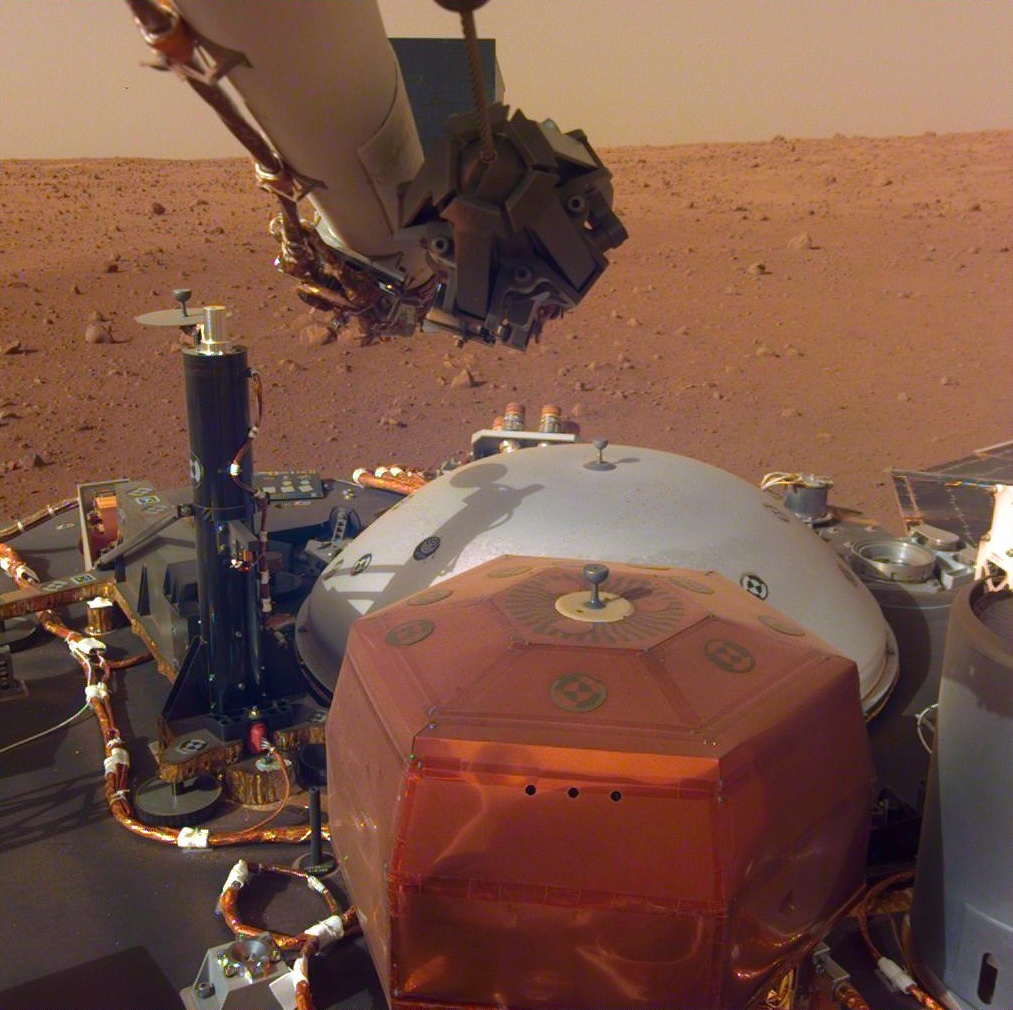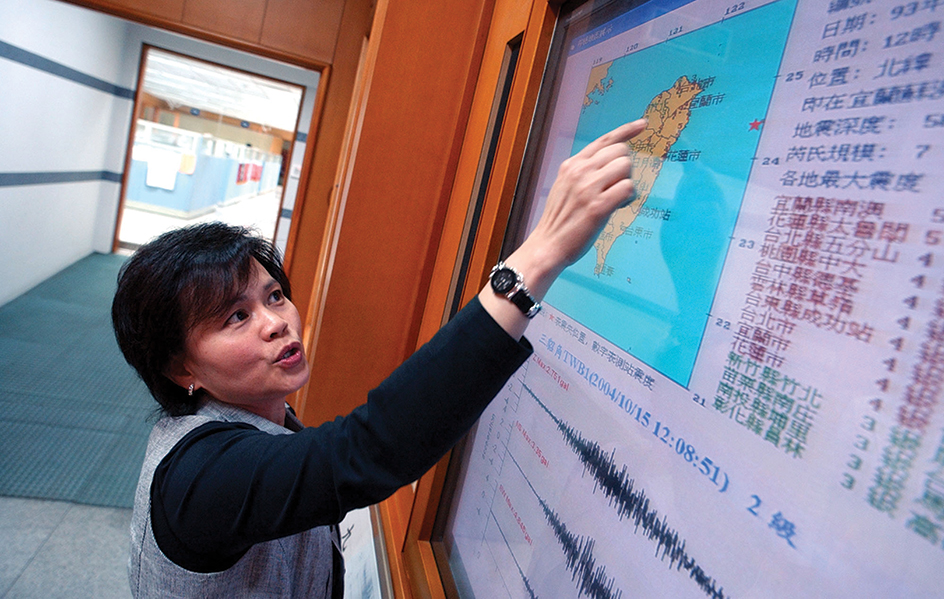Seismograph << SYZ muh graf >> is an instrument that amplifies and records small movements of the ground. From these records, scientists called seismologists can determine the location and intensity of earthquakes. Scientists also use seismographs to hunt for oil, study Earth’s interior, and find the thickness of glaciers. More than 1,000 seismic stations throughout the world house seismographs.
Some seismographs can detect ground motion as small as one-tenth of a nanometer. A nanometer equals one-billionth of a meter, or about 1/25,400,000 inch. A station in a quiet location may detect several earthquakes every day. The most sensitive seismographs magnify ground motion by as much as 10 million times.
Seismographs consist of a seismometer, which detects movement, and a recording device. A seismometer consists of a weight suspended from a frame by a delicate spring. The frame moves with the ground. But the weight, due to its inertia, tends to remain stationary (see Inertia). The relative motion between the weight and the frame is magnified by using an electromagnetic transducer and an electronic amplifier. The transducer, a coil attached to the weight, moves in the magnetic field created by a magnet attached to the frame. This movement induces an electric voltage in the coil which passes to the amplifier. The amplified voltage is then recorded. Traditionally, the seismograph’s recording device marked the ground motion on a moving sheet of paper. Today, the motion is recorded on a computer.
A clock simultaneously records the time. Time signals broadcast by satellites of the Global Positioning System (GPS) keep this clock extremely accurate. Accurate timekeeping allows seismologists to compare recordings of the same waves by different stations. Seismologists determine when and where the quake originated by calculating the arrival times of the waves at each of the stations.

In the past, different types of seismographs were needed to measure short and long seismic waves. The Press-Ewing seismograph recorded long waves at least 500 miles (800 kilometers) in length. The Benioff linear strain seismograph measured changes in distance between two piers attached to the ground. Traditional seismographs are used in groups of three to measure separately three types of ground motion: up-down, north-south, and east-west. A digital seismograph equipped with the correct sensors can record measurements in all three directions.

Today, broadband seismometers detect shaking over a wide range of frequencies, both short and long. The computer filters out unwanted information from the data it records. Some earthquake waves are so strong that sensitive broadband seismographs cannot measure them. To measure such waves, scientists use devices called strong-motion accelerographs.
The seismographs used for scientific studies and prospecting are tiny and rugged. Scientists place them around the site being studied. Then, the scientists set off explosives to create seismic waves, which travel to underground rock layers and are reflected. The seismographs measure the reflected waves and indicate what lies beneath the surface.
From 1969 to 1972, astronauts placed five special seismographs on the moon. The seismographs detected seismic waves caused by tiny moonquakes and by meteorite impacts. The seismograph records indicated that the moon has a strong, thick crust.
Scientists have also used seismic measurements to study the interior of Mars. The seismometer on the InSight robotic Mars lander measured more than 1,300 marsquakes. By studying these seismic waves, scientists found that the crust of Mars was thinner than expected and the planet’s core was bigger than expected.
